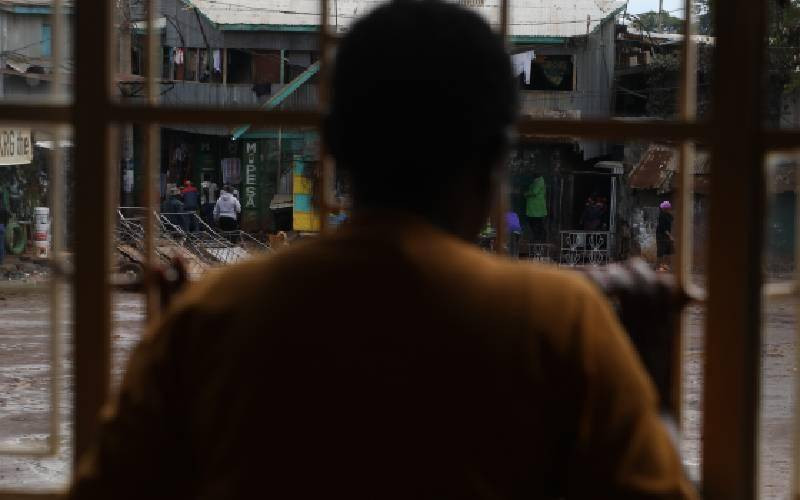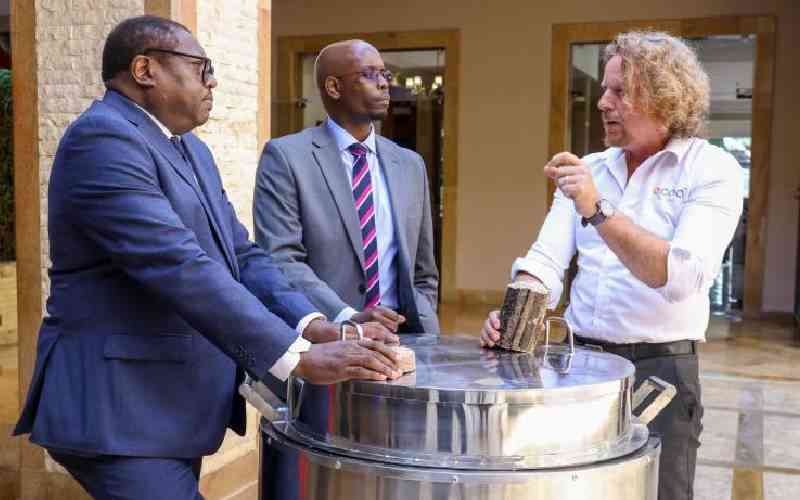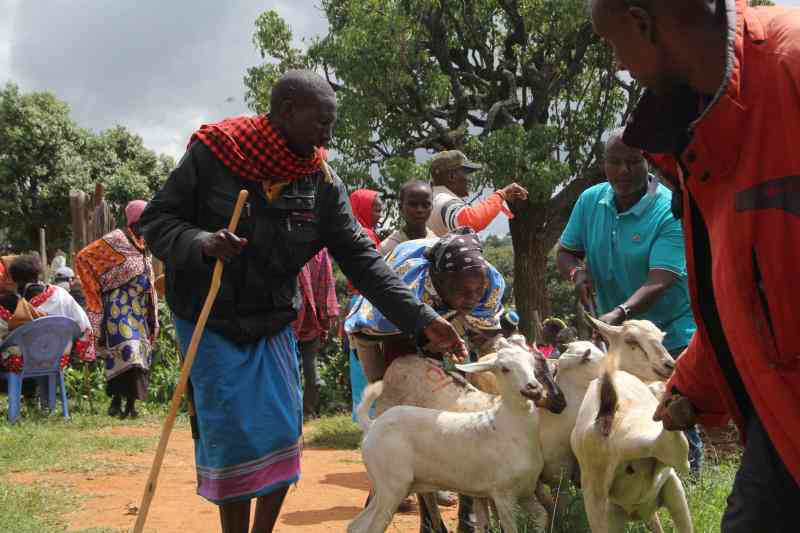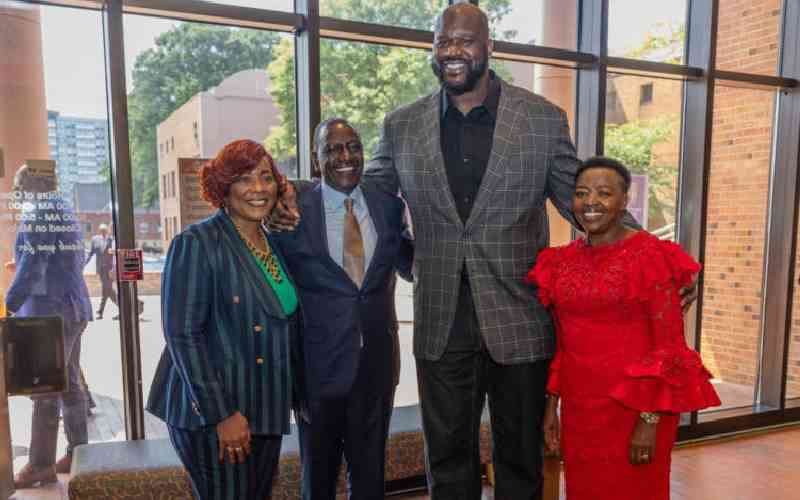On Saturday October 24th, Kenya joined the world in marking the annual World Polio Day. The celebrations came three months after Africa was declared polio free. Globally, only Pakistan and neighbouring Afghanistan continue to report active cases of wild polio virus.
While welcome, the declaration has presented a predicament. On one hand, we are elated the continent has finally slayed the second dragon after smallpox. On the other, this success has been interpreted by some to mean the war is over, and consequently, the guards can be dropped. Like in every war, there is grave danger in such an approach and one common phrase used within polio circles is that; polio virus anywhere, is polio virus everywhere. In fact, Rotary International estimates that unless we completely eradicate polio, within 10 years, as many as 200,000 new cases could occur around the world each year.
This means no child anywhere is safe until we have vaccinated every child. Polio, a highly infectious disease, most commonly affects children under the age of 5. The virus is spread person to person, typically through contaminated water. It can attack the nervous system, and in some instances, lead to paralysis. Although there is no cure, there is a safe and effective vaccine. Closer home, we have two new threats giving scientists and health experts sleepless nights. The first one is disruption of immunisation programmes due to Covid-19. The pandemic has shifted the discussion away from polio.
Funds previously earmarked for polio have been shifted towards the pandemic. Door to door polio vaccination campaigns have been suspended as people are afraid of letting in strangers to their homes as they might infect them. There is also general fear of going to hospitals for their polio vaccine.
Because of this, concerned scientists have pointed to the increasing risk of polio, particularly in the large numbers of children who remain unvaccinated, especially those in vulnerable populations in the northern part of the country and in the informal settlements of Nairobi and Mombasa.
From research, this build-up of under-immunised children has previously contributed to outbreaks of polio. Most of these children come from poor families, urban informal settlements, and the hard-to-reach parts of the country, particularly arid and semi-arid (ASAL). Based on risk analysis, about 11 counties have been flagged as having the greatest risk of polio outbreaks. Apart from Mombasa and Nairobi, other risk-prone counties are Lamu, Tana River, Garissa, Wajir, Marsabit, Killifi, Turkana, Isiolo and Mandera.
The second threat stems from detection of circulating vaccine-derived poliovirus type 2 (cVDPV2) in neighboring Sudan. This virus occurs in areas of inadequate sanitation, where children immunised with oral polio vaccines – that contains an attenuated (weakened) vaccine-virus – excretes the vaccine-virus, which is then spread in the immediate community.
On rare occasions, if a population is seriously under-immunised, an excreted vaccine-virus can continue to circulate for an extended period of time and can genetically change into a form that can paralyse – this is what is known as a circulating vaccine-derived poliovirus (cVDPV).
Across Africa, 172 type 2 cases in 14 countries have been reported in 2020, according to the World Health Organisation. The WHO has assessed the risk of further international spread of cVDPV2 across Central Africa and the Horn of Africa to be high. Consequently, it has issued an advisory that it is important that all countries, in particular those with frequent travel and contacts with polio-affected countries and areas, strengthen surveillance to rapidly detect any new virus importation and to facilitate a rapid response.
Our firm conviction is that the increase of cVDPV in the region can be addressed by ensuring 100% immunisation for all children and enhancing WASH (Water, Sanitation and Hygiene) in high-risk populations.
-Dr Ojiambo is at the Rotary Kenya health focal point while Dr Nyarango is the Gertrude’s Children’s Hospital CEO
 The Standard Group Plc is a
multi-media organization with investments in media platforms spanning newspaper
print operations, television, radio broadcasting, digital and online services. The
Standard Group is recognized as a leading multi-media house in Kenya with a key
influence in matters of national and international interest.
The Standard Group Plc is a
multi-media organization with investments in media platforms spanning newspaper
print operations, television, radio broadcasting, digital and online services. The
Standard Group is recognized as a leading multi-media house in Kenya with a key
influence in matters of national and international interest.
 The Standard Group Plc is a
multi-media organization with investments in media platforms spanning newspaper
print operations, television, radio broadcasting, digital and online services. The
Standard Group is recognized as a leading multi-media house in Kenya with a key
influence in matters of national and international interest.
The Standard Group Plc is a
multi-media organization with investments in media platforms spanning newspaper
print operations, television, radio broadcasting, digital and online services. The
Standard Group is recognized as a leading multi-media house in Kenya with a key
influence in matters of national and international interest.








